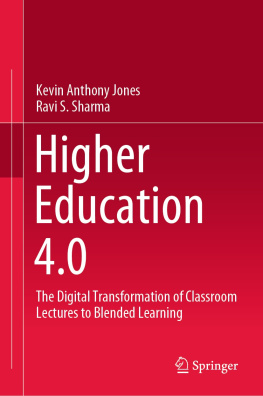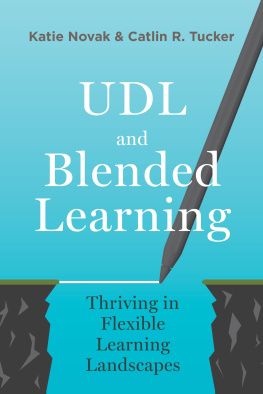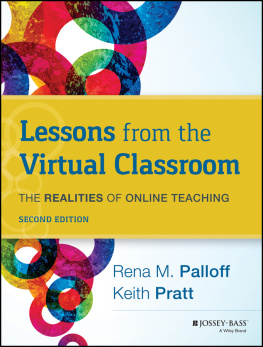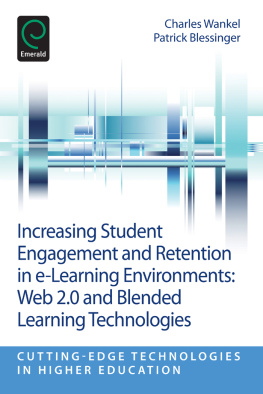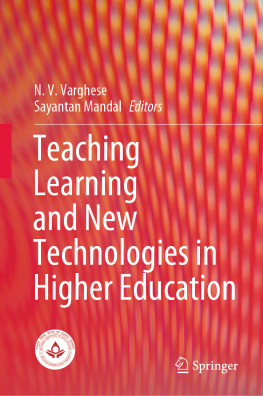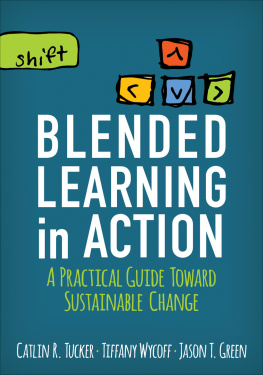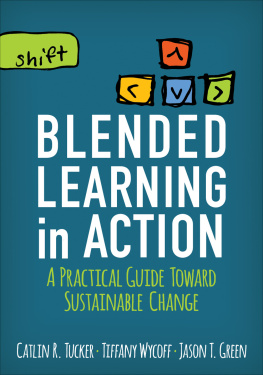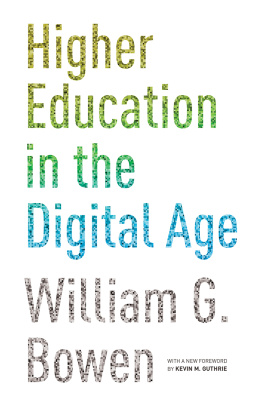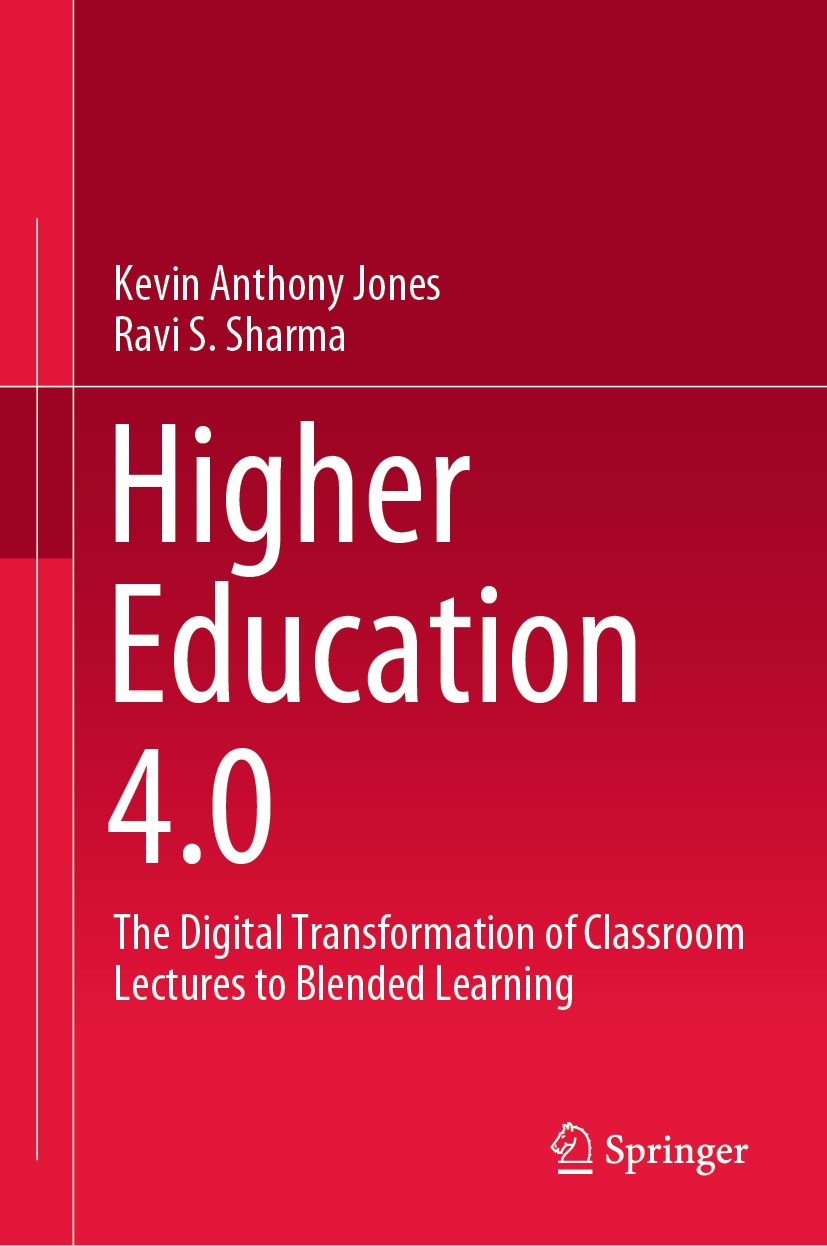Kevin Anthony Jones - Higher Education 4.0: The Digital Transformation of Classroom Lectures to Blended Learning
Here you can read online Kevin Anthony Jones - Higher Education 4.0: The Digital Transformation of Classroom Lectures to Blended Learning full text of the book (entire story) in english for free. Download pdf and epub, get meaning, cover and reviews about this ebook. year: 2021, publisher: Springer, genre: Religion. Description of the work, (preface) as well as reviews are available. Best literature library LitArk.com created for fans of good reading and offers a wide selection of genres:
Romance novel
Science fiction
Adventure
Detective
Science
History
Home and family
Prose
Art
Politics
Computer
Non-fiction
Religion
Business
Children
Humor
Choose a favorite category and find really read worthwhile books. Enjoy immersion in the world of imagination, feel the emotions of the characters or learn something new for yourself, make an fascinating discovery.
- Book:Higher Education 4.0: The Digital Transformation of Classroom Lectures to Blended Learning
- Author:
- Publisher:Springer
- Genre:
- Year:2021
- Rating:5 / 5
- Favourites:Add to favourites
- Your mark:
Higher Education 4.0: The Digital Transformation of Classroom Lectures to Blended Learning: summary, description and annotation
We offer to read an annotation, description, summary or preface (depends on what the author of the book "Higher Education 4.0: The Digital Transformation of Classroom Lectures to Blended Learning" wrote himself). If you haven't found the necessary information about the book — write in the comments, we will try to find it.
This book chronicles a 10-year introduction of blended learning into the delivery at a leading technological university, with a longstanding tradition of technology-enabled teaching and learning, and state-of-the-art infrastructure. Hence, both teachers and students were familiar with the idea of online courses. Despite this, the longitudinal experiment did not proceed as expected. Though few technical problems, it required behavioural changes from teachers and learners, thus unearthing a host of socio-technical issues, challenges, and conundrums.
With the undercurrent of design ideals such as tech for good, any industrial sector must examine whether digital platforms are credible substitutes or at best complementary. In this era of Industry 4.0, higher education, like any other industry, should not be about the creative destruction of what we value in universities, but their digital transformation. The book concludes with an agenda for large, repeatable Randomised Controlled Trials (RCTs) to validate digital platforms that could fulfil the aspirations of the key stakeholder groups students, faculty, and regulators as well as delving into the role of Massive Open Online Courses (MOOCs) as surrogates for fees-free higher education and whether the design of such a HiEd 4.0 platform is even a credible proposition.
Specifically, the book examines the data-driven evidence within a design-based research methodology to present outcomes of two alternative instructional designs evaluated traditional lecturing and blended learning. Based on the research findings and statistical analysis, it concludes that the inexorable shift to online delivery of education must be guided by informed educational management and innovation.
Kevin Anthony Jones: author's other books
Who wrote Higher Education 4.0: The Digital Transformation of Classroom Lectures to Blended Learning? Find out the surname, the name of the author of the book and a list of all author's works by series.

